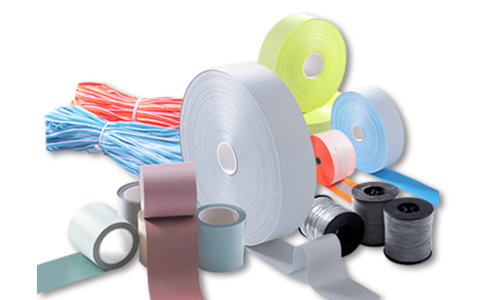Reflective materials, manufactured from different optical quality glass beads measuring three fourth the size of human hair, are packed together densely and coated with aluminum. The process transforms each glass bead into a convex mirror. Light hitting the glass bead is reflected towards the source, unlike in a normal flat mirror where the reflection is only on the opposite side of the image. Therefore, a mirror build with reflective glass beads displays the image on every side.
Planning to lay down a strategy for the next few years? Our report can help shape your plan better.
Typically, reflective materials are made by leveraging micro prismatic technology or glass bead technology. The glass beads technology mostly finds application in the textile industry since it is flexible and easy to store. The technology uses millions of high-performance glass beads that reflect light effectively in all directions because of their spherical shape. The micro prismatic technology, on the other hand, consists of retro-reflective microscopic prisms formed on a polymeric film. They help to produce a bright reflective appearance on accessories and garments.
Spurring demand for reflective materials is the growing demand from end-use industries such as construction for materials having high visibility. Such materials offer greater visibility and hence safety in low light conditions resulting from fog, snow, and darkness after nightfall. Fabric made of reflective materials also finds use in safety and traffic management.
Despite solid demand from different sectors, the market currently has to contend with a few headwinds resulting from the supply and demand gap and fluctuating prices of raw materials. However, the market is still anticipated to grow on the back of the rising usage of reflective materials in manufacturing solar panels, windows, architectural glasses, and various apparels, namely sportswear, shirts, shoes, vests, fashion, jackets, belts, armbands, signs, safety vests, backpacks, badges, belts, and raincoats.
Product-wise, the key segments of the global market for reflective materials are reflective coating, reflective sheet, reflective film, reflective tape, reflective fabrics, reflective inks, etc. At present, the segment of reflective coatings is seeing maximum demand in the market due to their widespread usage in the textile industry, where flame retardant reflective apparels are much in demand.
End-use industries pushing up demand for reflective materials are textile, construction, automotive, etc. Among them, the construction industry is a major growth driver. Demand for reflectors, display panels, and lightening lenses drives the market.
Asia Pacific, Latin America, North America, Europe, and the Middle East and Africa are some of the key geographic segments in the global reflective materials market. The Asia Pacific, of them, is a leading region which is being driven mainly by India and China. Latin America and the Middle East and Africa are also fast emerging as prominent regions because of the surging demand for reflective materials from construction, automotive, and textile industries.
The global market for reflective material is characterized by stiff competition because of the presence of quite a few local companies in the market. To surge ahead of rivals in such a competitive environment, savvy players are seen focusing on leveraging the latest technologies to facilitate product development. In this manner, they are hoping to improve sales and therefore up their profit margins.
